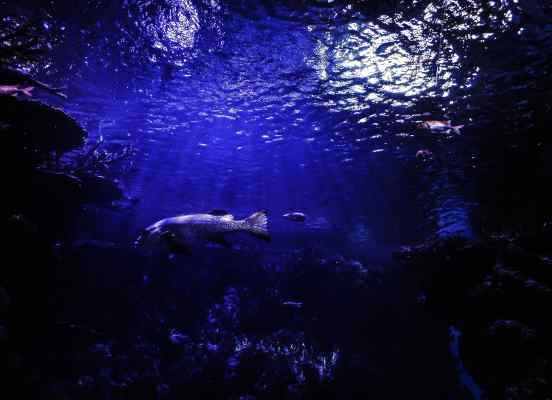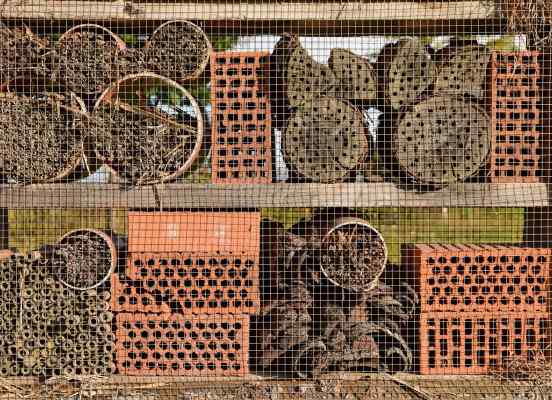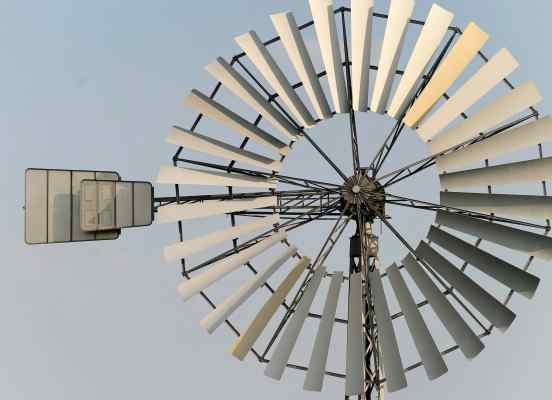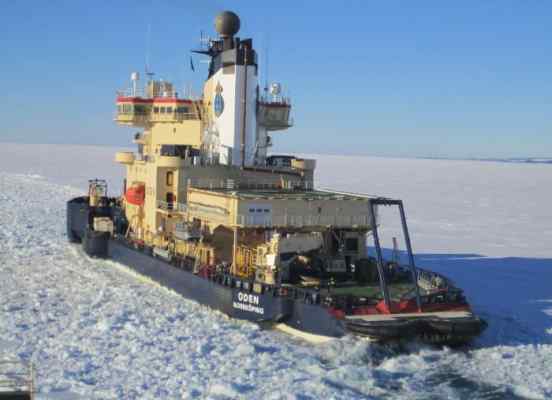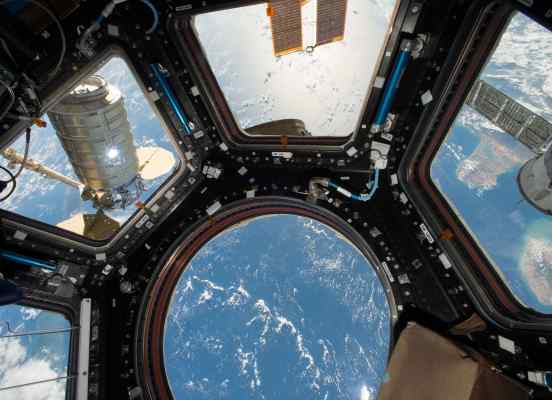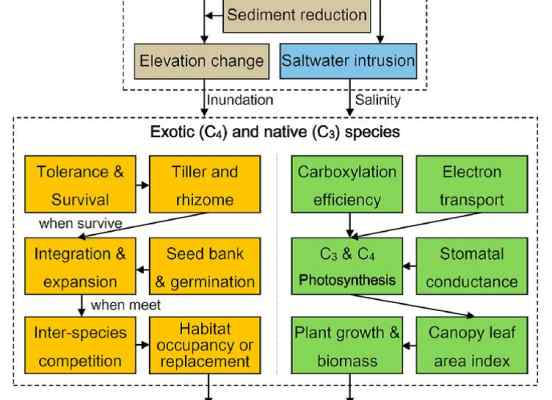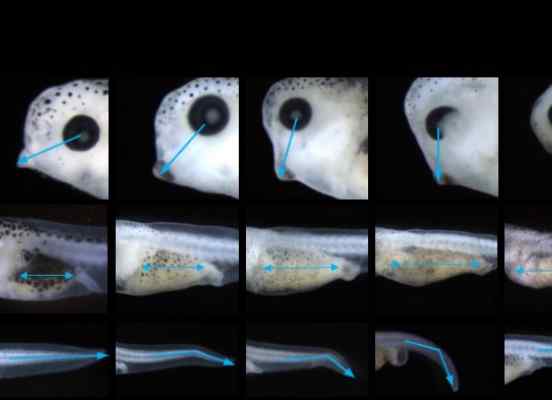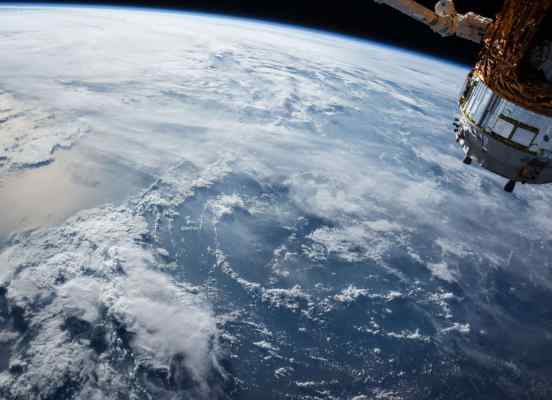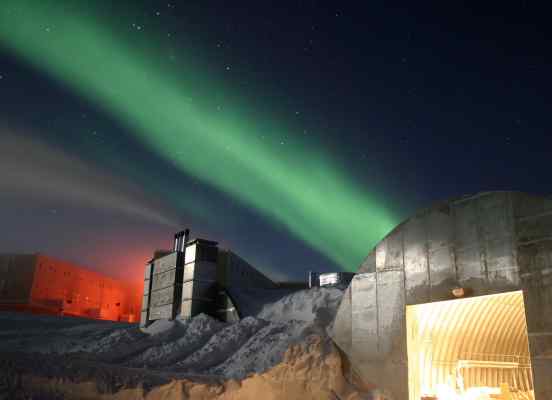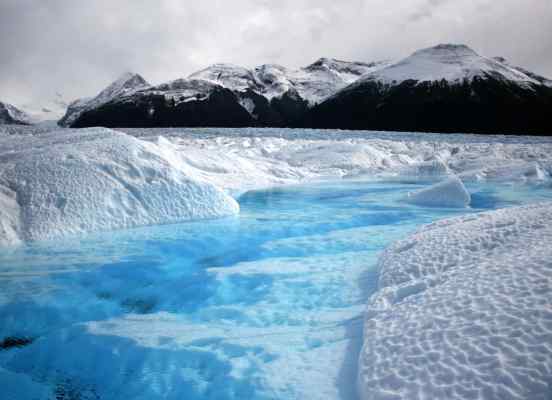Description
Mediated principally by the sinking of organic rich particles from the upper ocean, the biological carbon pump (BCP) is a significant component of the global carbon cycle. It transfers roughly 11 GT C yr-1 into the ocean’s interior and maintains atmospheric carbon dioxide at significantly lower levels than would be the case if it did not exist. More specifically, export by the BCP in the North Atlantic is ∼ 0.55-1.94 GT C yr-1. A rich set of observations suggests that a complex set of processes drives this export. However, significant uncertainties exist regarding the BCP in the North Atlantic, including both the magnitude of the downward flux and the ecological, chemical and physical processes by which it is sustained and controlled. Our lack of detailed mechanistic understanding has also hindered modelling attempts to quantify and predict changes to the BCP. In this paper, we assess current knowledge concerning the BCP in the North Atlantic in order to identify priorities for future research, as well as suggesting how they might be addressed.


